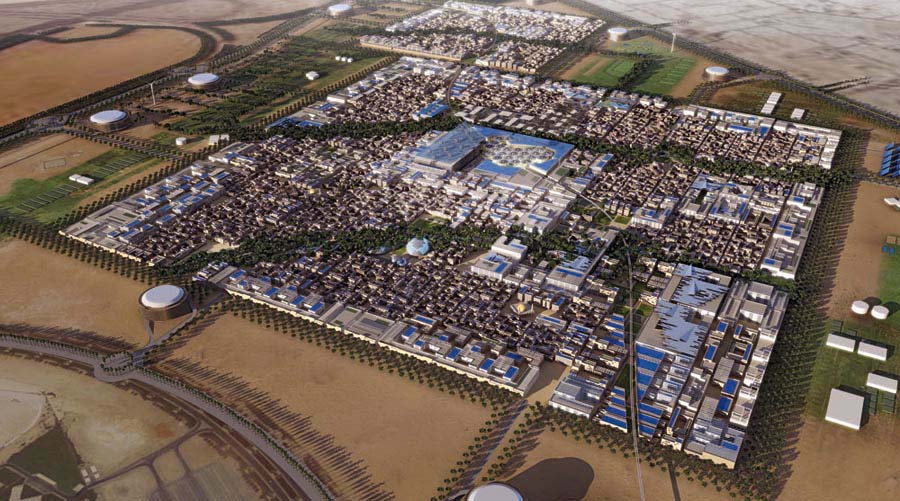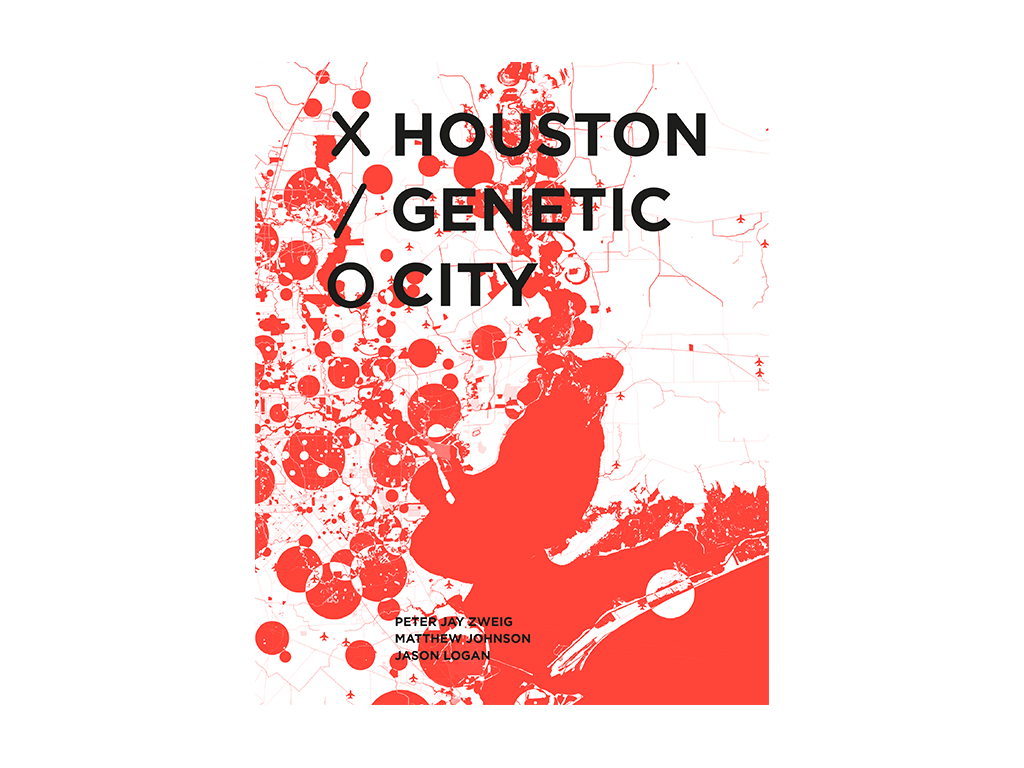Verb: How is your company Transsolar involved in the Masdar City project?
Matthias Schuler: We were invited by Foster + Partner to join the competition in November 2006. It was interesting because it was our first collaboration with Foster + Partner, and afterwards they told us that we had to sign a confidentiality agreement. They sent us the brief and it was just electrifying for me. The brief really asks for a vision; the guys that are causing the biggest carbon problem by selling their oil are thinking differently – or at least they’re looking to spend some of the money they make from their oil. Those who are creating the climate problem are thinking about a solution.
They had invited six teams and we had three and a half months. We handed in the competition at the end of January and I think there was a presentation, which they skipped to take it down from two teams to one. Arup was one of the six teams and they quit during the competition. They didn’t hand in a solution; I don’t know why.
The team organized by Foster + Partner was the only team that came up with a solution, which involved not covering the whole site. We proposed a very dense city but hoped to keep 50% of the site free, creating the contrast between urban density and an open landscape.
We were down there in February and it was kind of the first time we met Khaled Awad. They had a team of experts who were reviewing the different competition designs, and they were there to ask additional questions. We presented our scope or our design and then they concluded: we didn’t cover the whole site and the Sheiks liked it as well, because in a certain way combines the past and the future. Because you could combine it in a vision of this walled city – compared to Sana in Yemen.
They are not only interested to in creating a carbon neutral city, they want to publicize the University City. They want to do it so well, that it should prove that it makes sense economically within a period of 30 years; so you have a return on the investment in a maximum of 30 years. Masdar City should be the world research center for renewable energy companies. That is quite interesting! They were not just thinking: OK we paid this additional $7 to $10 billion to make the city a carbon neutral city –instead of a standard city – but we also want to prove it can be an economic case model for the world. I think that is quite interesting!
Verb: Masdar City is only one in a chain of developments in the Middle and Far East, which are moving in a different direction. What is the point?
Matthias Schuler: In Abu Dhabi, on a neighboring site, there is an area called the Capital District. It has five times more m2 than Masdar: 25 million m2. We also joined to make a Master Plan for the site. They didn’t apply the same demands as for Masdar on it. It should be a lower energy development; it should respect sustainability, but the requirements were not as extreme as for Masdar.
There are 20-30 Master Plans in Abu Dhabi, which include strong sustainability demands. But at the same time, last year they built Yas Island with the Formula 1 track. If you buy an apartment on the island, you have a Ferrari that you can race every day on the racetrack. That is the deal. And now they have enough Ferraris on the island.
So, sustainability is not totally adapted to their governmental solutions. They wouldn’t make it a final requirement. But I think we can learn from Masdar, if they really carry it through. When it starts operating, it will not be at zero carbon. Maybe it will take five years to get it to the benchmark, but all this will be an investment for someone to push for innovation, new systems, and new solutions. And one day, all or part of them could be applied to other locations. That’s what I see as a big opportunity to learn from Masdar City.












